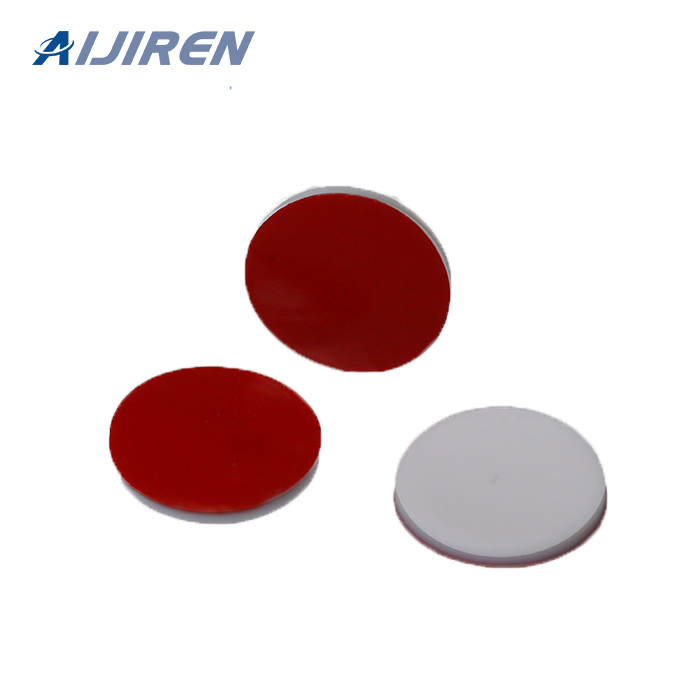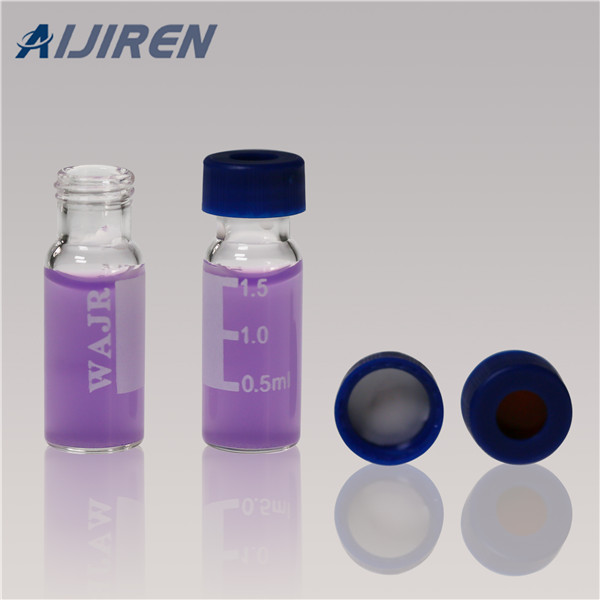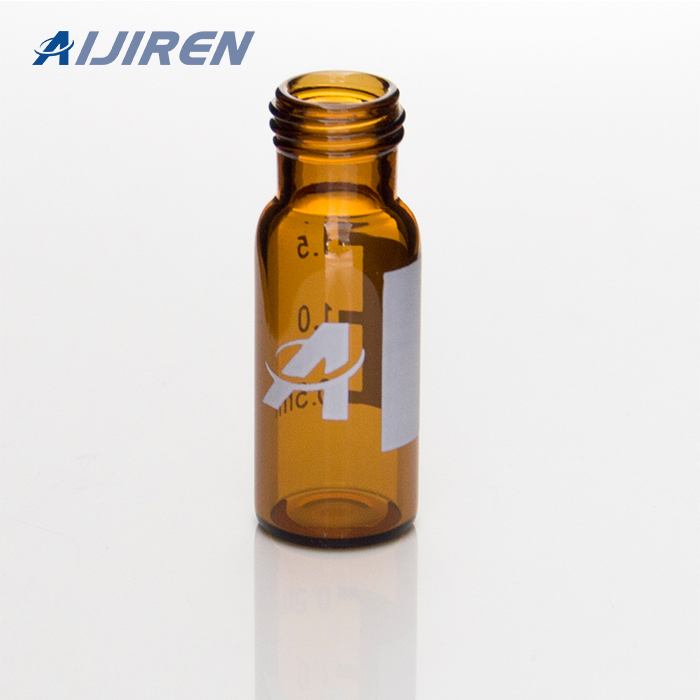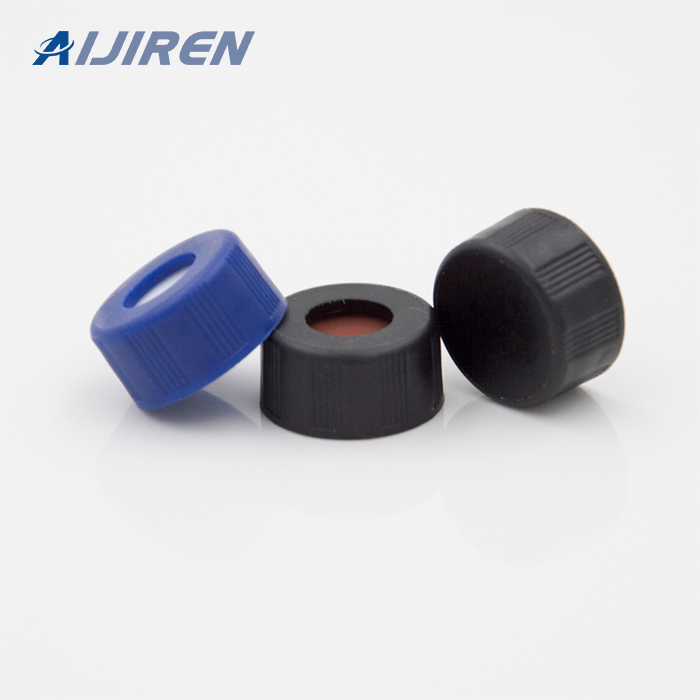







Table 1 shows some of the sample properties that you need to know before developing a method. 2. Define the method goals (Table 2 ). What do you want to get from the sample (i.e., why are you analyzing it)? NOTE: This step is often overlooked but is critical to success. Table 1: Things to know about the sample Sample property Details
tion system. An injector for an HPLC system should provide injection of the liquid sample within the range of 0.1-100 mL of volume with high reproducibility and under high pressure (up to 4000 psi). For liquid chromatography, liquid samples can be directly injected and solid samples need only to be di-luted in the appropriate solvent. Detectors
detection sensitivity. Micro-HPLC ( HPLC) is a term that encompasses a broad range of sample volumes and column sizes (as shown in Table 3.1), but Saito and coworkers provided narrower de -nitions in their review based on the size of the columns. 1 Micro-columns range in size from 0.5 to 1.0 mm internal diameter (i.d.); capillary columns
Sep 5, 2022 · HPLC has one advantage over GC column that analysis is possible for any sample can be stably dissolved in the eluent and need not to be vaporized.With this reason, HPLC is used much more frequently in the field of biochemistry and pharmaceutical than the GC column.
HPLC is an analytical chemistry technique applied to separate, identify, and quantify semi- and non-volatile compounds in liquid samples. Industries like pharma and biopharma, environmental, and food and beverage use HPLC for the characterization, purification, and quantitation of compounds.
High performance liquid chromatography (HPLC) can be used to separate and identify different large biomolecules such as protein and peptides in a sample. It is based on the pumping of a sample with a solvent (mobile phase) through a column packed with sorbent material (stationary phase) at a high pressure.
Sample Load (approx) Typical Flow Rate Increased Sensitivity Applications Analytical 4.6 0.1-1.5 mg 0.5-3 mL/min Standard separations Solvent Saver 3.0 150-500 ug 0.3-1.5 mL/min + Save solvent, uses standard HPLC instrument NB21 50 120 0105 L/ i High sensitivity, limited sample, NarrowBore 2.1 - ug 0.1-0.5 mL/min++ limited sample, LC/MS, save
Aug 15, 2020 · The HPLC detector, located at the end of the column, must register the presence of various components of the sample, but must not detect the solvent. For that reason there is no universal detector that works for all separations. A common HPLC detector is a UV absorption detector, as most medium to large molecules absorb UV radiation. Detectors
HPLC is an analytical procedure for separation, identification and quantification of substances using liquid chromatography. Read More Application Note Impact of the Claristep ® Filtration System On Recovery and Adsorption of Various Therapeutic Proteins at Low Sample Volumes Access Now Brochure
Not less than 250 micro-liter and injection volume will be 10 micro-liter. Cite. 15th Sep, 2017. Are there extra small HPLC vials for minimum sample volume (<10 microliter)? Question. 6 answers.
Aug 29, 2019 · In-tube solid-phase microextraction (SPME) is an effective sample preparation technique that uses an open tubular fused-silica capillary column as an extraction device. In-tube SPME is useful for trace enrichment, automated sample cleanup, and rapid online analysis.
Apr 6, 2014 · According to Kurup, labs operating under GLP (Good Laboratory Practices) will routinely filter all samples, regardless of whether they use HPLC or UHPLC, through a 0.2-micrometer filter. Under these circumstances, UHPLC does not present any additional sample preparation burden. Nor does UPC2, Waters’ trademarked supercritical fluid
Which HPLC and UHPLC autosampler is right for you? Innovative and carefully designed Thermo Scientific autosamplers and sampler extension module ensure reliable, precise and accurate injection for nanoliter to milliliter sample volumes. They support a wide range of formats and sample throughputs.